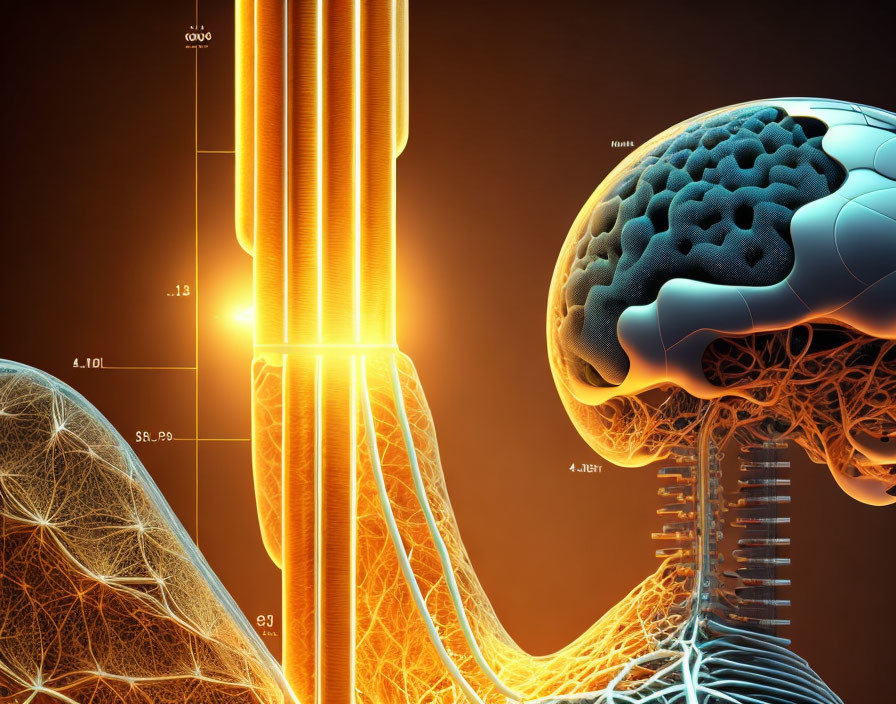The neural networks that are most commonly used by copywriters are Natural Language Generation (NLG) and Text Summarization models. NLG models are used for generating product descriptions, blog posts, and other types of marketing content, while Text Summarization models are used for creating executive summaries, abstracts, or condensed versions of longer articles or reports.
Named Entity Recognition (NER) and Sentiment Analysis models can also be useful for copywriters, as they can help identify relevant entities and analyze customer feedback or social media posts. However, their use may be more specialized and may require additional expertise or resources.
It’s worth noting that while neural networks can be useful tools for copywriters, they are not a substitute for human creativity and intuition. Copywriters should still use their own judgment and expertise when creating marketing content and analyzing customer feedback.
- Natural Language Generation (NLG)
Natural Language Generation is a type of neural network that can be used to automatically generate natural language text. NLG models can be trained on large datasets of text and then used to generate text that follows similar patterns and styles. This can be useful for generating product descriptions, blog posts, and other marketing content.
- Language Model
Language Models are neural networks that are trained on large datasets of text and are able to predict the likelihood of different words or phrases given a sequence of words. Language Models can be used for a variety of tasks, such as predicting the next word in a sentence or generating text that is similar to a given input.
- Sentiment Analysis
Sentiment Analysis is a type of neural network that can be used to automatically classify text as positive, negative, or neutral. Sentiment Analysis can be useful for analyzing customer feedback, social media posts, and other types of text data. By automatically classifying text as positive or negative, companies can quickly identify areas for improvement and respond to customer concerns.
- Text Summarization
Text Summarization is a type of neural network that can be used to automatically summarize long pieces of text into shorter summaries. This can be useful for creating executive summaries, abstracts, or condensed versions of longer articles or reports. Text Summarization can also be used to extract key points from customer feedback or social media posts.
- Named Entity Recognition (NER)
Named Entity Recognition is a type of neural network that can be used to automatically identify and classify named entities in text, such as people, organizations, and locations. NER can be useful for creating more targeted and personalized marketing campaigns by identifying relevant entities in customer feedback or social media posts. It can also be used to automatically extract key information from news articles or research papers.
- Machine Translation
Machine Translation is a type of neural network that can be used to automatically translate text from one language to another. This can be useful for creating content for international audiences or for translating customer feedback or social media posts in real time. Machine Translation can also be used to translate technical documents or research papers into multiple languages.
In conclusion, the use of neural networks can greatly benefit copywriters in various ways, from generating high-quality content to analyzing and optimizing the effectiveness of their writing. With the rise of natural language processing and other language-related applications, there has never been a better time for copywriters to explore the potential of neural networks.
By leveraging these powerful algorithms, copywriters can improve their productivity, generate more engaging content, and ultimately provide greater value to their clients and readers. Whether you’re a seasoned copywriter or just starting out, it’s worth taking the time to learn more about neural networks and how they can be applied to your work.
From the natural language processing capabilities of the GPT-3 language model to the sentiment analysis capabilities of the VADER model, there are a wide range of neural networks that can be used to enhance your writing process and outcomes. By keeping up with the latest developments in this exciting field and experimenting with different models and architectures, copywriters can stay ahead of the curve and deliver truly exceptional results.
And as the field of neural networks continues to evolve and expand, it’s likely that we will see even more innovative and exciting applications for copywriters and other language professionals. So whether you’re interested in creating compelling marketing copy or analyzing the sentiment of social media posts, neural networks can provide the tools and insights you need to succeed in today’s digital landscape.

